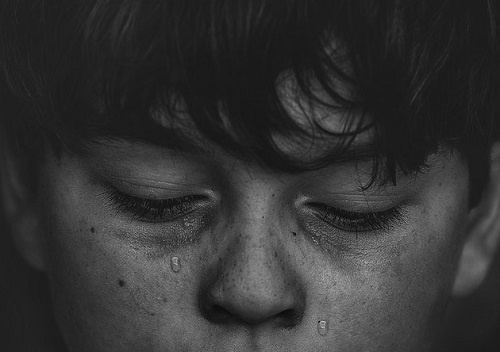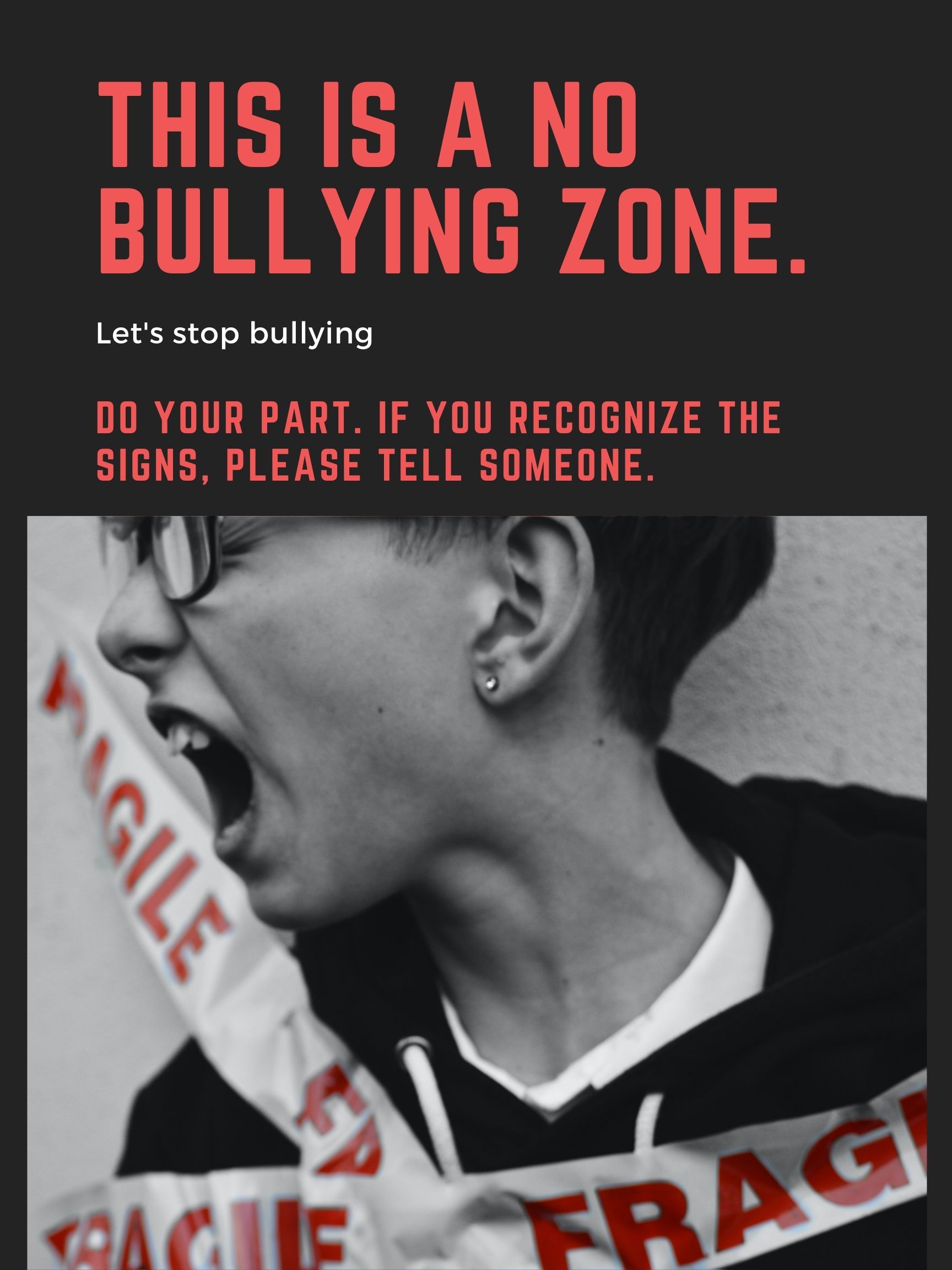October is National Bullying Prevention Month.
However, when mainstream media focuses on the bullying epidemic in our society, teenagers’ stories are traditionally publicized. The most tragic stories usually involve teens who seemingly have everything to live for takes their own life after being mercilessly bullied by peers.
These stories of teenage suicide cause outrage because almost everyone can put themselves in the parent’s shoes. However, the people most vulnerable to bullies in modern society are those with disabilities. These are the silent, defenseless victims who are often quick to trust, making them the perfect targets for bullies.
Someone with a physical, intellectual, or psychological disability is viewed as the perfect victim in the eyes of a bully because:
- They are more likely to “keep quiet” about the bullying for fear of making someone mad or not like them anymore.
- As a society, we often treat people with disabilities in a child-parent role, even when they have normal or above normal intelligence.
- People with disabilities are often at the mercy of others for housing, transportation, and day-to-day activities.
When bullies come in contact with helpless, easily victimized individuals, they feel empowered. In some cases, the bullying escalates into violent acts.
When Bullying Turns to Hate Crime
When someone is bullied because of their disability, it can be considered a hate crime. In fact, according to the U.S. Department of Justice,
“Persons with disabilities are 2.5 times more likely to experience violence than those without disabilities.”
There are several cases where the bullying has crossed over into hate crime, such as in Jennifer Daugherty in Pennsylvania. Jennifer, who had intellectual disabilities, was abducted by six people who tortured and humiliated her for two days, then murdered her.
In January 2017, a male teen diagnosed with schizophrenia and attention deficit hyperactivity disorder was kidnapped and tortured in Chicago. The four people responsible for the abduction live-streamed the assault on Facebook Live. The fact that they were loud and were trying to receive ransom from the teen’s family most likely saved his life.
We Must Be Advocates
If you know someone with a disability, watch out for signs of the abuse (e.g., bruising, scratches, unexplained sadness, crying, and withdrawal from normal activities).
When it comes to putting an end to bullying, we must all be advocates for individuals with disabilities by:
- Intervening when we witness bullying by “Stopping Bullying on the Spot.”
- Teaching our children to respect all people
- Refusing to participate in derogatory stereotyping
- Showing kindness
Timothy Dimoff – Speaker, National Expert, Author
Tim Dimoff’s engaging and thought-provoking presentations are sure to enlighten, inform, and move you into taking action on such critical issues as workplace risks, substance abuse, security, and societal threats. He can help your organization stop bullies in the workplace with his presentation 8 Effective Measurements to Stop Workplace Bullying. Feel free to contact Tim today to speak at your organization.

